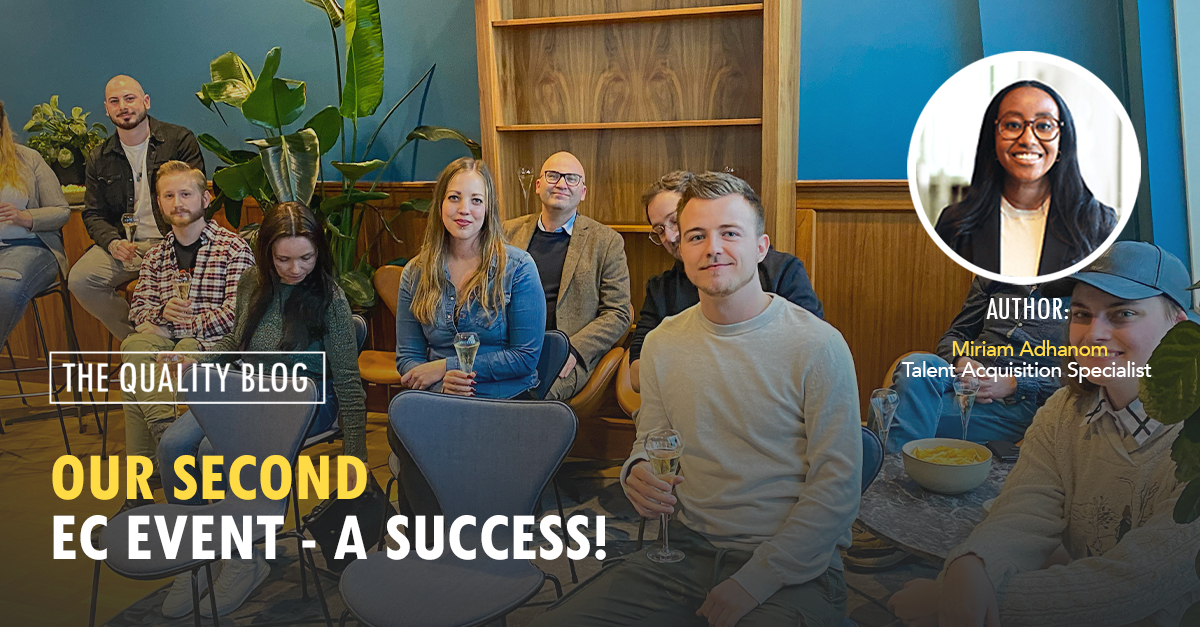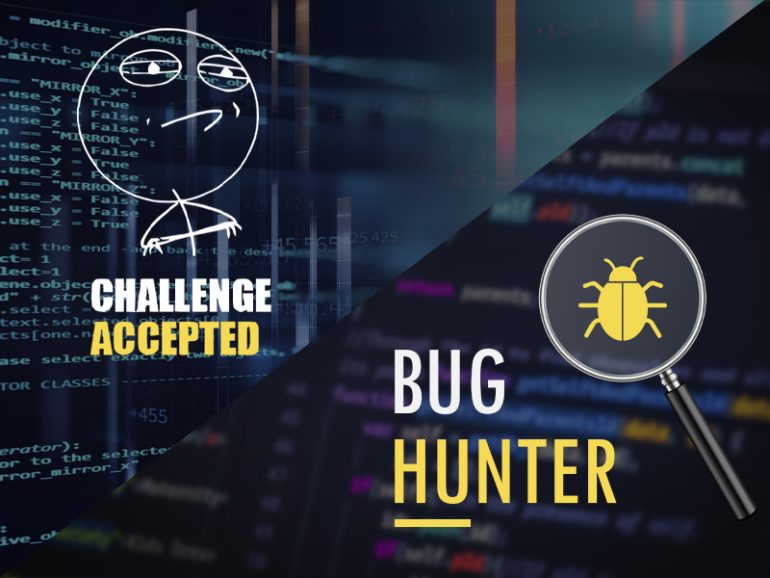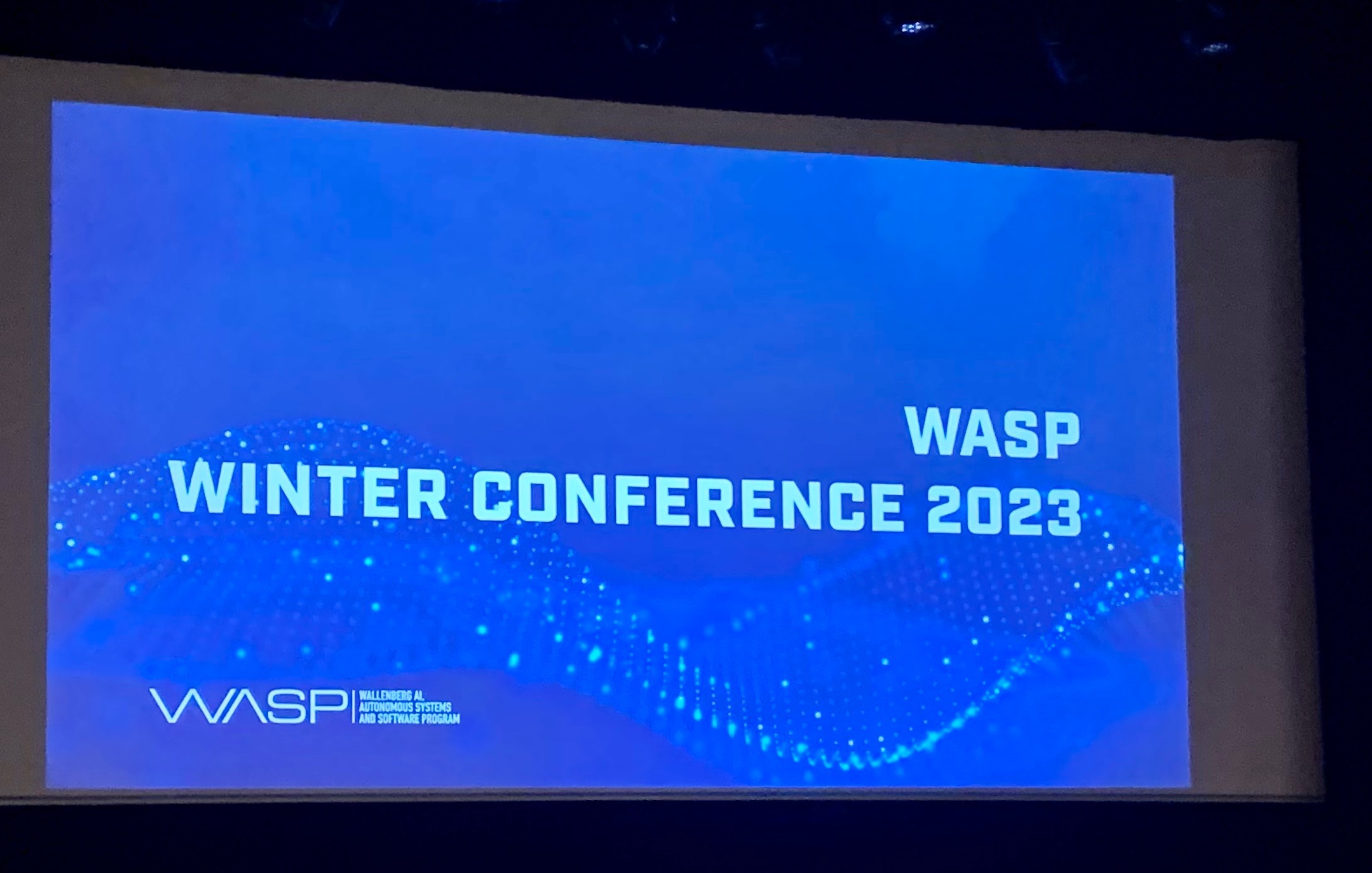KNOWLEDGE HUB


First year of our German HR Ambassador group – A success

Test Star - Introduction

Meet Ammar and Nichsan

System Verification Summership - A Journey of Growth

Quality Assure Future - Step by step

What is Markdown?

Our second EC event - A success!

How do you prioritize your technical debt?

How is knowledge distributed within your team?

Meet Maida and Svitlana

Yet Another Markup Language

Can we use Chat-Bots for Software Quality Assurance?

The brains behind our fun challenges...Bug hunter & Solve a Problem

Reflections from the WASP Winter Conference
